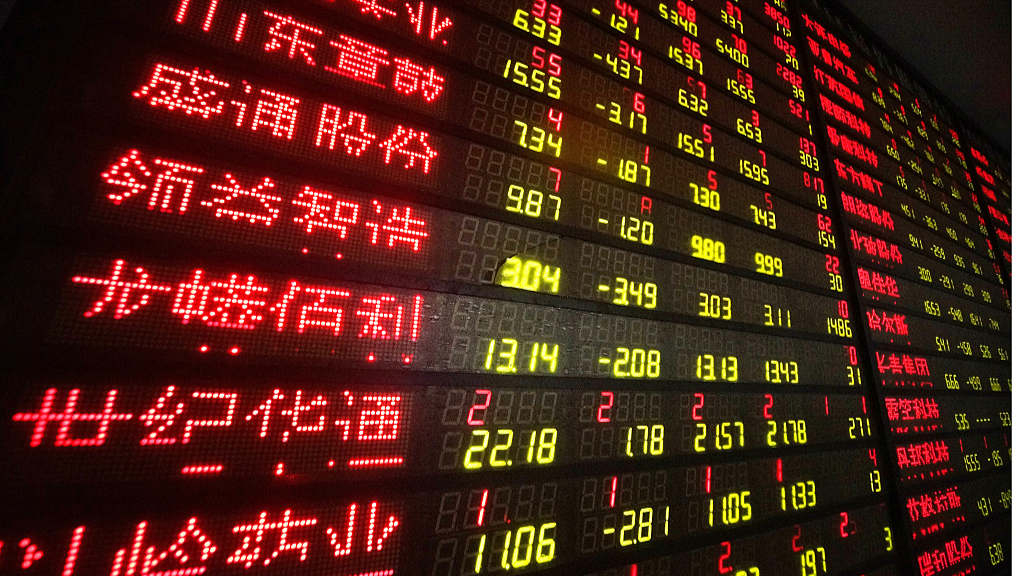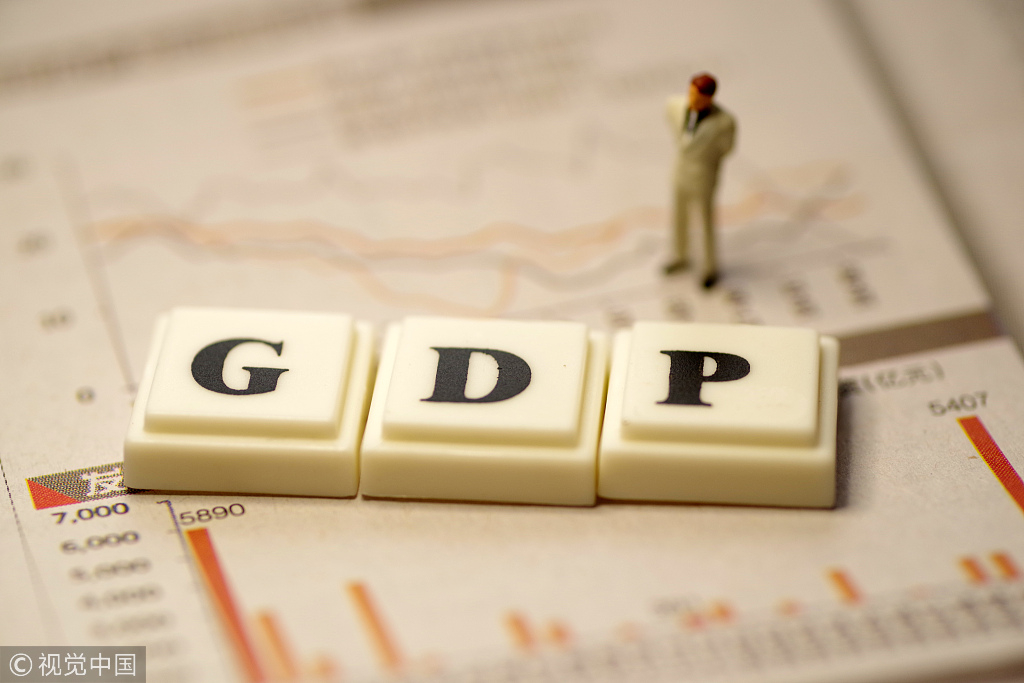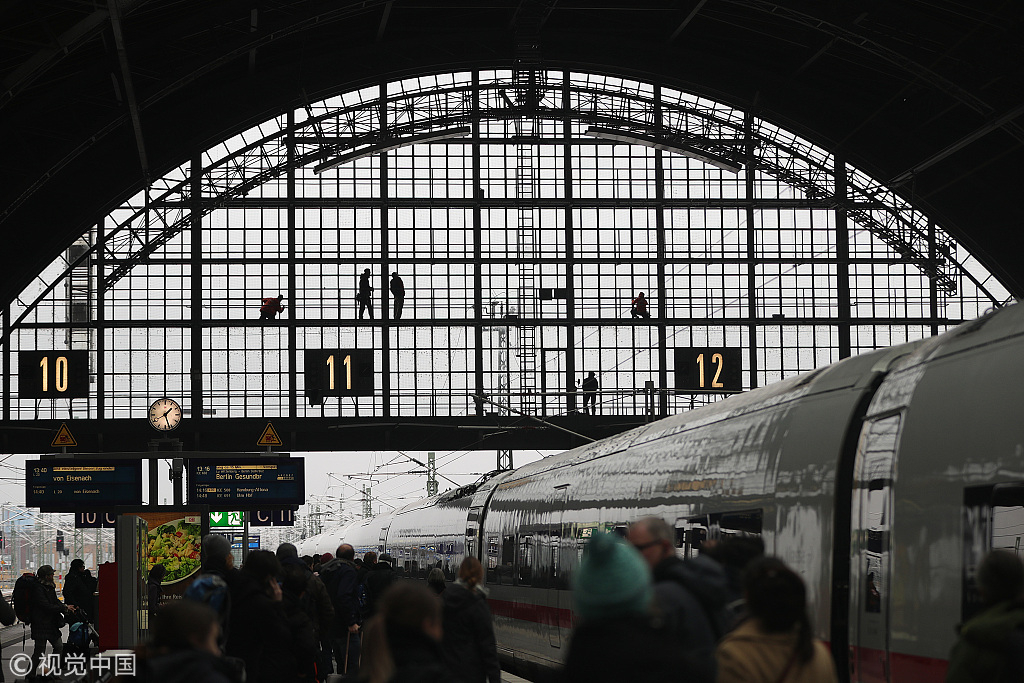
Opinion
22:08, 22-Jan-2019
Opinion: Chinese economy: The good, the bad, and the uncertainties
Shi Huimin

Editor's note: Shi Huimin is an associate professor at the School of Economics, a Research Fellow with the National Academy of Development & Strategy, Renmin University of China. The article reflects the author's opinion, and not necessarily the views of CGTN.
The 2018 annual Press Conference on China's Economic Situation was held on January 21, and so far all the major macroeconomic data have been released. It is the right time to look back and review the performance of the Chinese economy last year and look ahead to see what will possibly happen this year.
How did the Chinese economy perform in 2018?
Generally speaking, it is fair to say that the Chinese economy has experienced another expected, stable, and satisfactory year, with all the key macroeconomic indicators hitting the targets. The real gross domestic product (GDP) grew by 6.6 percent year-on-year, in line with the official target of around 6.5 percent.
With this annual growth rate, the Chinese nominal GDP is now more than 90 trillion yuan. Meanwhile, the Chinese consumers have benefited from the stable and low increase in prices. The annual growth rate of the consumer price index (CPI) was 2.1 percent, below the expected rate of three percent. Finally, it has newly created 13.61 million jobs in the urban areas, surpassing the 11-million target; while the surveyed urban unemployment rate was below the targeted rate of 5.5 percent.

VCG Photo
VCG Photo
Yet focusing on these annual rates may suffer from the risk of oversimplifying the details, and miss the very critical turning point along the road. As illustrated by the quarterly growth rates of GDP, the Chinese economy has been through two halves.
In the first half of the year, we have seen a wonderful performance, with quarterly growth rates of 6.8 and 6.7 percent, respectively. Even the government itself has described the economy by a stable growth with good momentum.
Nevertheless, in the second half of the year, growth came down unexpectedly to 6.5 percent in the third quarter and even lower in the fourth quarter to 6.4 percent. More recently, the economic situation suggests that the lasted boom since 2016 may start to lose its momentum, approaching an end.
The slowing down of the Chinese economy seems worrisome, but it is in line with the global trend of a downturn. Similar situations have been seen in other economies. For instance, the Euro area has also encountered a sudden and disappointing slowdown in the third quarter of 2018. While the data of the fourth quarter is unavailable so far, most of the short term indicators point to even worse destinations, with a rather thin hope that it could be only temporary.

Travelers wait to board a Deutsche Bahn AG train as workers clean windows beyond at Leipzig central railway station in Leipzig, Germany, December 13, 2018. /VCG Photo
Travelers wait to board a Deutsche Bahn AG train as workers clean windows beyond at Leipzig central railway station in Leipzig, Germany, December 13, 2018. /VCG Photo
On the other hand, it seems that the U.S. economy has been showing much more resilience, which is strong and solid until now. However, even with the U.S. economy, negative sentiments are accumulating, with the risk that the stimulating effect of the recent tax cuts could be fading. If the potential slowdown of the U.S. economy starts to mature, there perhaps will not be all bad news for the Chinese economy. With this case, the Fed rate hike cycle would be reasonably predicted to reach a stop and thereby removing the pressure of capital outflow and Chinese yuan depreciation for China.
Looking ahead, presumably, we would see an overall slower growth for the Chinese economy. Until now, the biggest uncertainty and risk still rests on the China-U.S. trade friction. The negative effect has not been fully realized so far, which only started to emerge in the last December of 2018. In the case of severe escalation, both countries and the other parts of the global economy could be drastically damaged.
With this background, the Chinese government has announced to implement several easing policies to counter the downturn, most of which are from the fiscal policy perspective. While such policy is reassuring and their effectiveness is also foreseen, we can also expect the government to further lower down its growth target in 2019.
(If you want to contribute and have specific expertise, please contact us at opinions@cgtn.com.)

SITEMAP
Copyright © 2018 CGTN. Beijing ICP prepared NO.16065310-3
Copyright © 2018 CGTN. Beijing ICP prepared NO.16065310-3